Got a sun-scorched slope or a forgotten corner of the yard that’s too dry, too hot, or too exposed for most plants? Don’t give up on it just yet — there’s a whole group of tough, aromatic herbs that thrive exactly where others struggle.
In this article, we’re spotlighting 16 heat-loving herbs that don’t just survive in full sun and poor soil — they flourish. These resilient growers are perfect for hillsides, rocky beds, and low-maintenance landscapes, bringing fragrance, flavor, and beauty to even the most overlooked garden spots.
Turn your trouble zones into herbal havens with plants built for the heat.
Rosemary
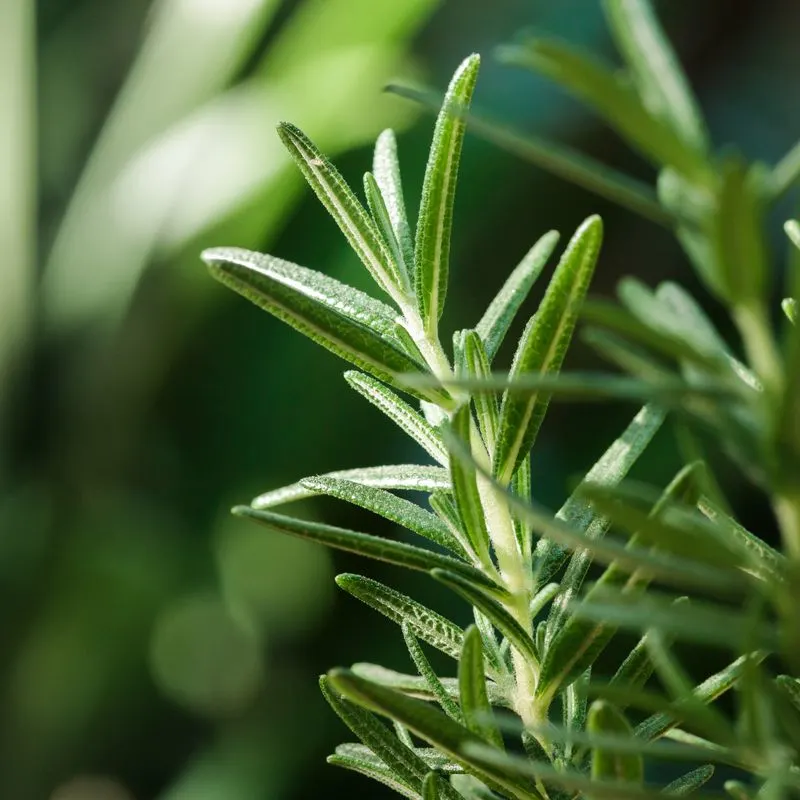
Rosemary, a stalwart of Mediterranean cuisine, thrives under the sun’s embrace. This hardy herb brings a woody aroma, making it a favorite for seasoning meats and vegetables.
Its needle-like leaves retain flavor even under intense heat, ensuring your dishes burst with taste. Rosemary’s resilience in dry, sunny locations makes it an ideal choice for gardeners dealing with drought conditions.
In addition to its culinary uses, rosemary is known for its potential health benefits, such as improving memory and mood. Perfect for neglected corners where other plants might wilt.
Thyme
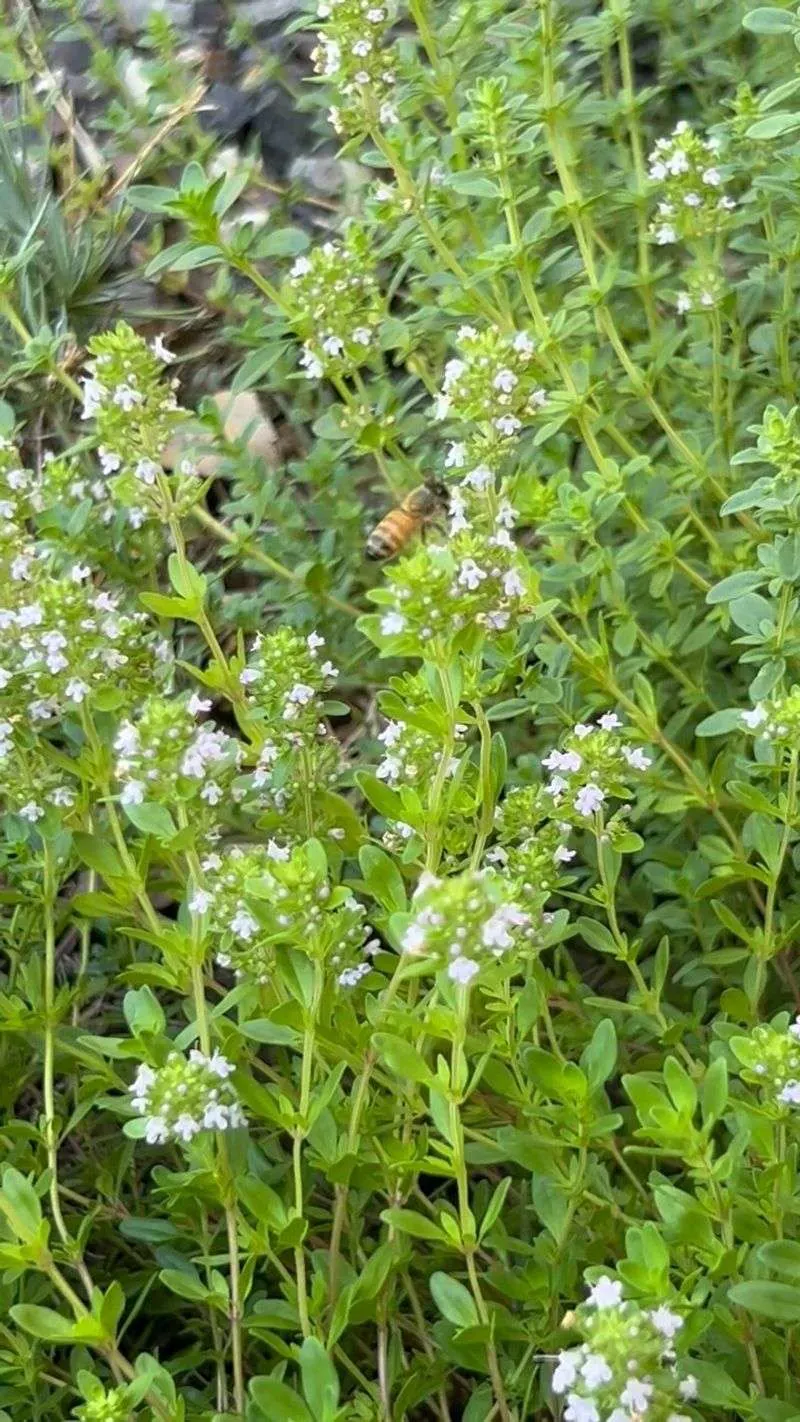
Thyme stands out with its tiny, aromatic leaves that release a delightful scent when crushed. This herb is a staple in many kitchens, adding depth to soups, stews, and marinades.
Despite its delicate appearance, thyme is remarkably tough, thriving in sunny, dry conditions where other herbs may struggle. Its creeping growth habit makes it great for ground cover.
With a history dating back to ancient Egypt, thyme was once used for embalming. Today, it continues to capture our senses and enrich our garden spaces.
Oregano
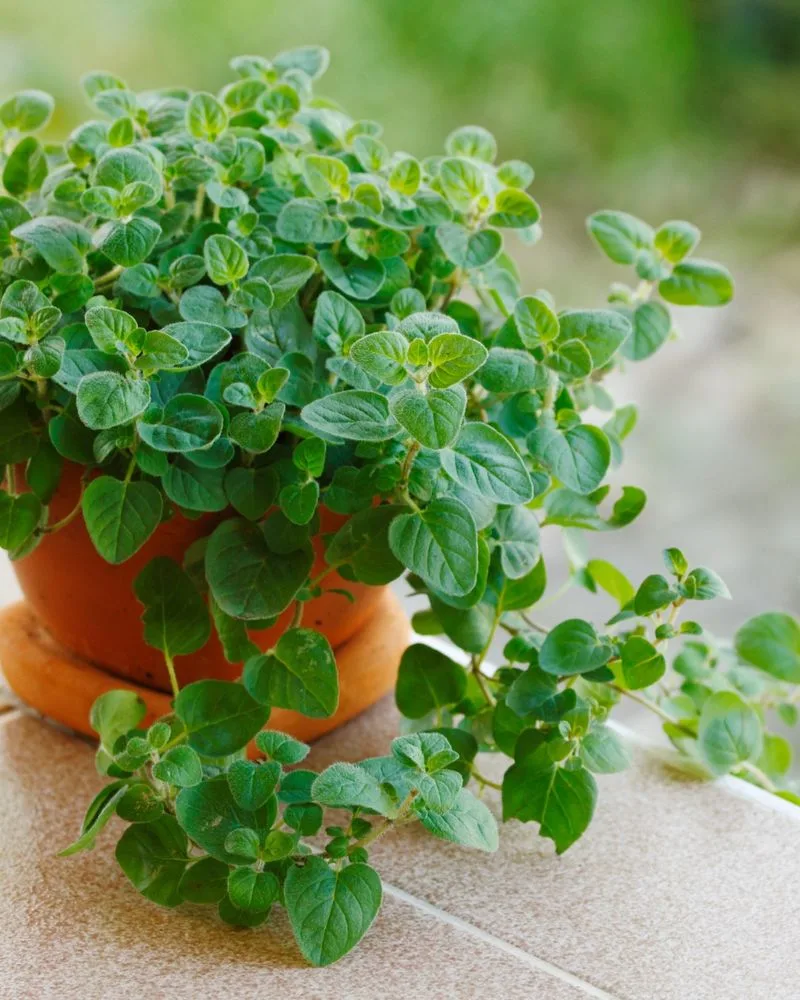
Oregano, a cornerstone of Italian and Greek cuisines, demands sunlight to develop its full-bodied flavor. Its leaves are a culinary powerhouse, perfect for pizzas, sauces, and more.
The plant’s hardy nature allows it to thrive in less-than-ideal soils, making it perfect for those sun-baked patches in your garden.
Oregano is not only a kitchen favorite but also boasts antibacterial properties. This dual-purpose plant is a fantastic addition to any sun-loving herb garden, offering both taste and health benefits.
Sage
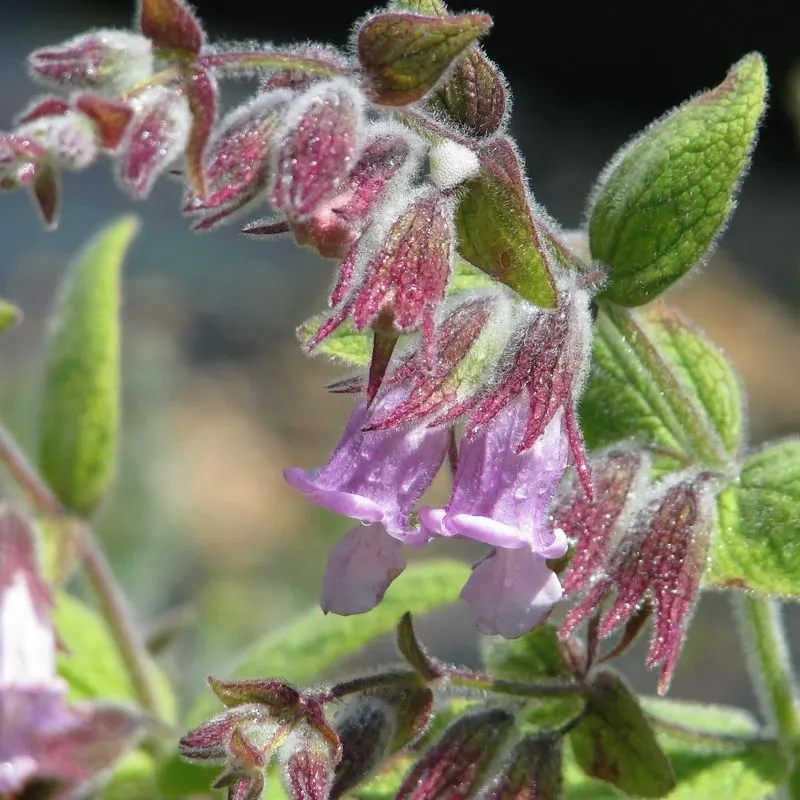
Sage brings wisdom to your garden with its soft, velvety foliage and earthy aroma. This herb is a classic companion to poultry and stuffing, adding richness to any dish.
It thrives under the hot sun, preferring well-drained soil and minimal watering. Sage’s resilience makes it a prime candidate for those forgotten garden corners.
Historically used for its medicinal properties, sage was believed to improve memory and cognitive function. Its enduring appeal lies in both its culinary versatility and its hardiness in sunny spots.
Lavender

Lavender enchants with its vibrant purple flowers and calming fragrance. This herb is a favorite for crafting sachets, oils, and culinary delights.
Thriving in full sun and well-drained soil, lavender is well-suited for slopes and sunny patches where other plants might falter. It not only beautifies these areas but also attracts pollinators like bees and butterflies.
Native to the Mediterranean, lavender has been cherished for centuries for its soothing properties. Its ability to flourish in challenging conditions makes it indispensable for sunny gardens.
Basil
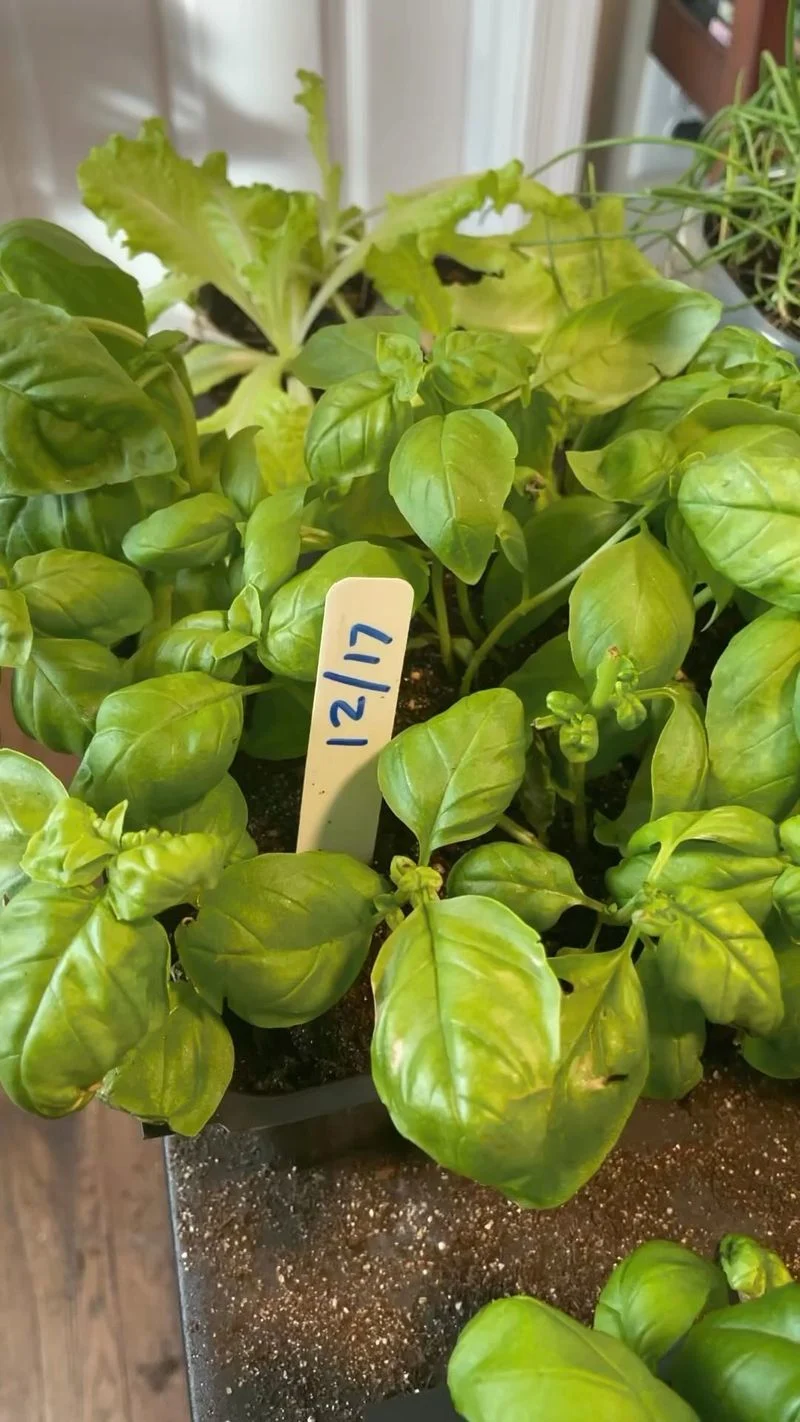
Basil evokes the essence of summer with its sweet, peppery aroma and luscious green leaves. As a staple in Italian and Southeast Asian cuisines, it adds a fresh twist to countless dishes.
This sun-loving herb thrives in warm, sunny spots, making it perfect for gardens that bask in sunlight. Regular pruning helps maintain its bushy growth and enhances flavor.
Beyond the kitchen, basil’s essential oils are prized for their antibacterial and anti-inflammatory properties. It’s a versatile herb that adapts well to sunny environments.
Mint
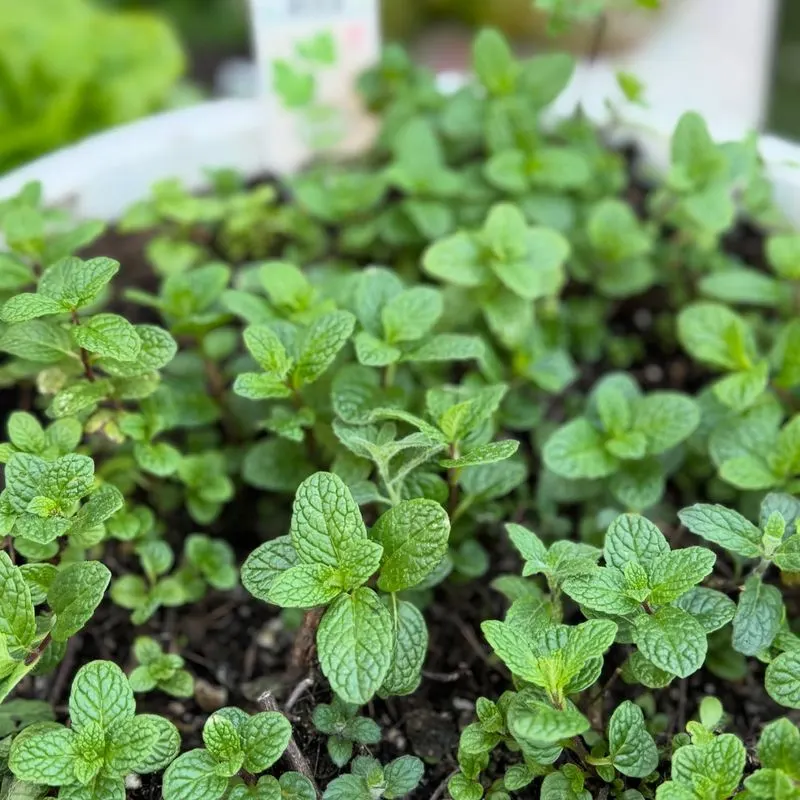
Mint invigorates with its cool, refreshing scent, perfect for teas, salads, and mojitos. Despite its preference for slightly moister conditions, mint thrives in sunny spots if watered adequately.
Its vigorous growth pattern makes it a natural choice for filling in garden gaps. However, this herb can be invasive, so consider using containers to control its spread.
With a legacy of use dating back to ancient Greece, mint symbolizes hospitality and abundance. It’s a robust, sun-loving herb that adds both flavor and vibrancy to your garden.
Marjoram
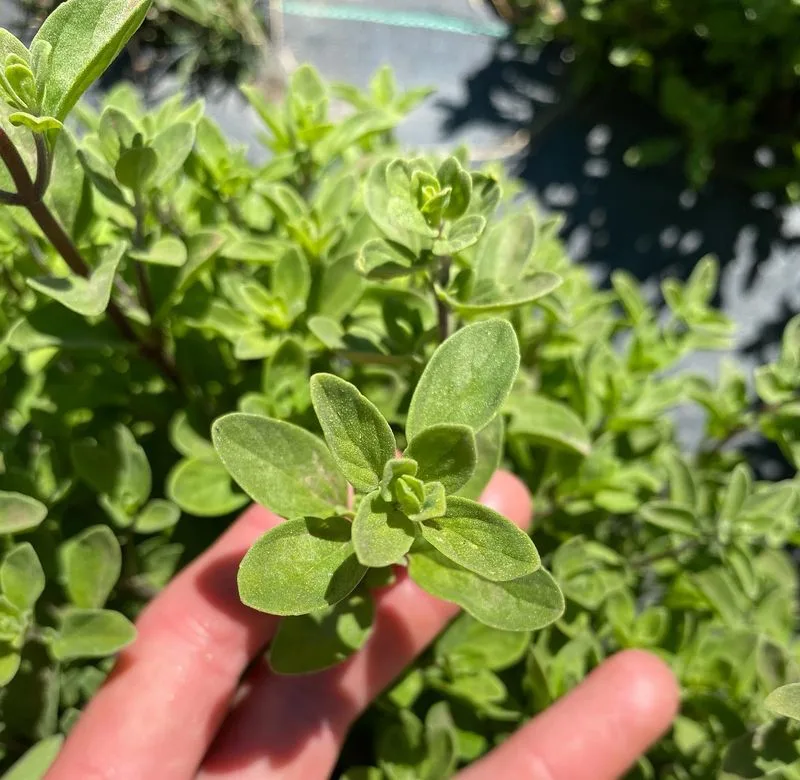
Marjoram, often overshadowed by its cousin oregano, offers a sweeter, milder flavor that enhances soups, salads, and meat dishes.
This herb flourishes in full sun, enjoying the warmth and well-drained soils. Its delicate aroma belies its tough nature, making it a charming addition to sunlit gardens.
Historically, marjoram was used in love potions and as a symbol of happiness. Today, it remains a delightful herb for both culinary creations and ornamental appeal, thriving where many others cannot.
Fennel
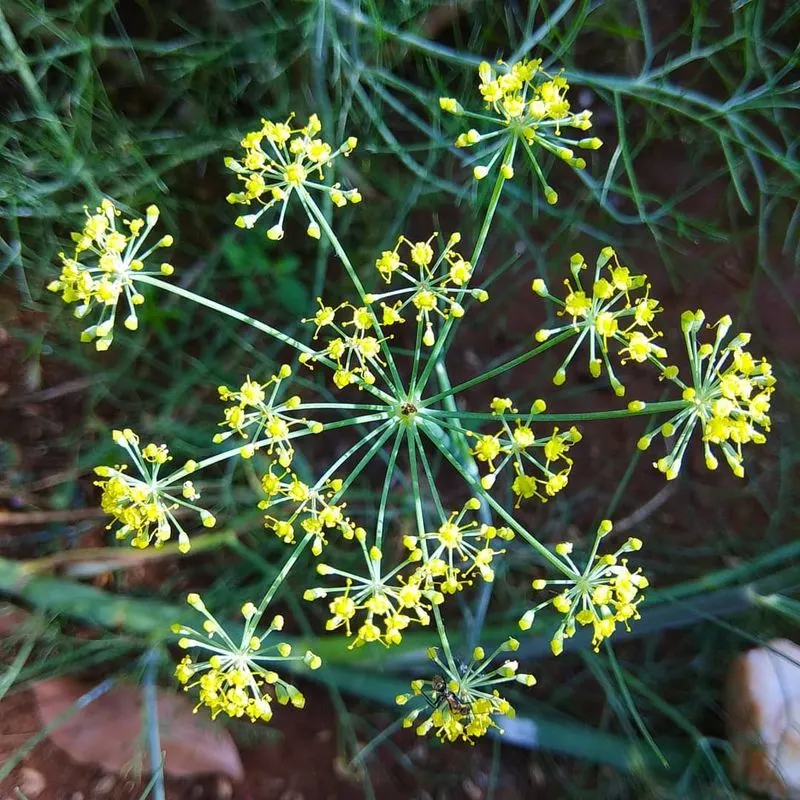
Fennel captivates with its licorice-like flavor and feathery foliage. Both the bulb and fronds are edible, adding anise notes to dishes.
This sun-loving perennial thrives in hot, dry conditions, making it ideal for neglected corners. Its tall stature adds structure to herb gardens.
Rich in dietary fiber and vitamin C, fennel has been used since ancient times for culinary and medicinal purposes. Its ability to withstand heat makes it a valuable addition to any sun-drenched garden spot.
Dill
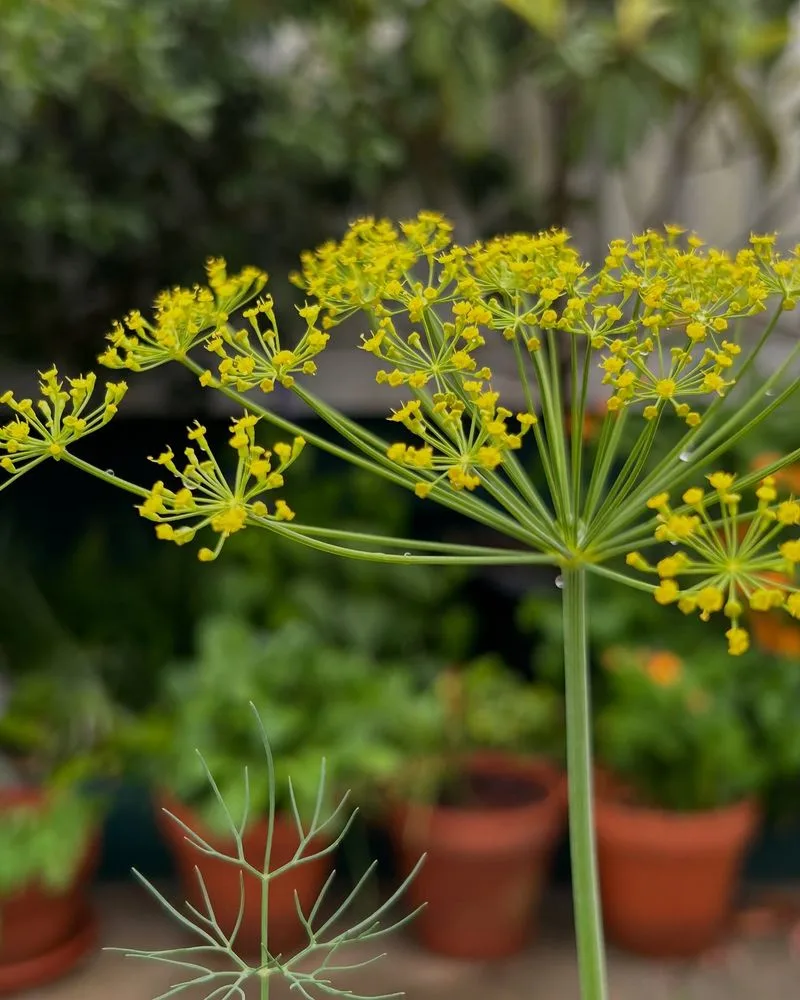
Dill delights with its feathery foliage and distinctive taste, perfect for pickles and seafood dishes. This herb prefers sunny locations and well-drained soil, thriving in conditions others might find challenging.
Its airy growth and aromatic seeds make it a standout in any garden. Dill is also a favorite among butterflies, adding an ecological benefit to its culinary uses.
Historically, dill was used by ancient cultures for its soothing properties. Today, it remains a popular choice for sunny gardens, offering both flavor and ecological benefits.
Cilantro
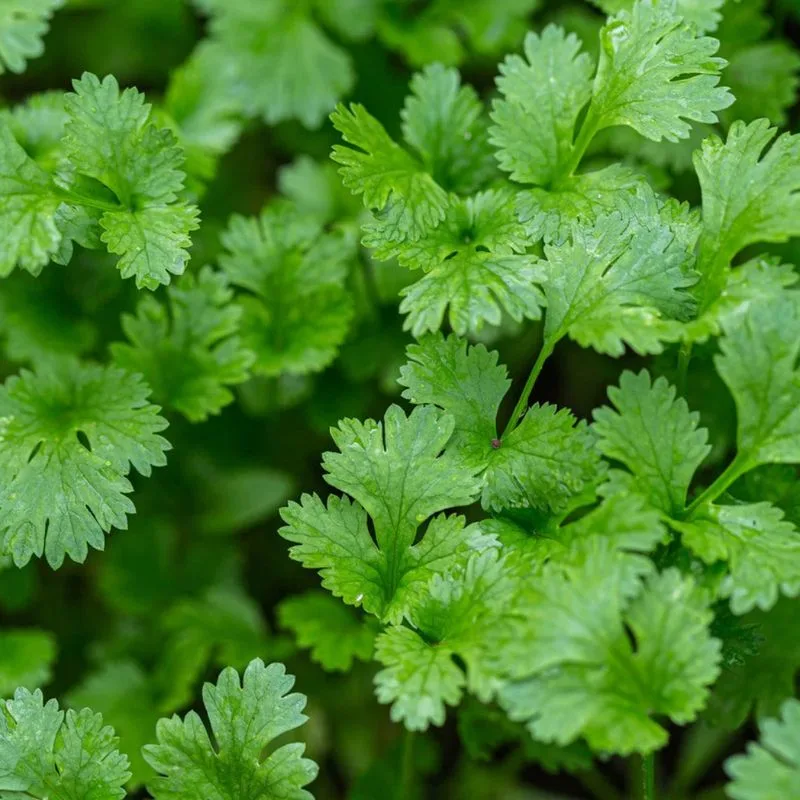
Cilantro, with its vibrant green leaves and distinctive aroma, is a staple in many world cuisines. It thrives in sunny spots, though it prefers cooler temperatures, making it versatile for various garden spaces.
This fast-growing herb is perfect for adding fresh flavor to salsas, curries, and garnishes. It’s a quick crop, allowing multiple harvests throughout the growing season.
While cilantro can be polarizing in taste, its ability to flourish in sunny conditions makes it an essential addition to heat-loving herb gardens.
Lemon Balm
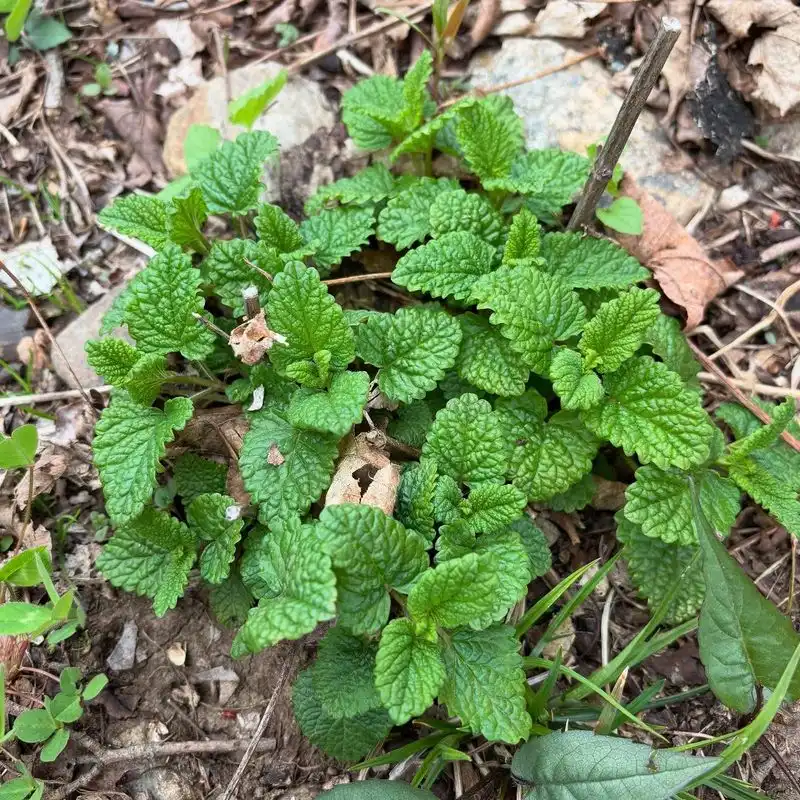
Lemon balm enchants with its citrusy scent and bright green leaves, making it a delightful addition to teas and desserts. This herb flourishes in sunny spots, offering a refreshing aroma.
Its rapid growth and resilience against pests make it an easy choice for gardeners. Lemon balm’s calming properties add to its appeal, providing a natural way to relieve stress.
First cultivated in the Mediterranean region, lemon balm has a rich history of use in herbal remedies. It’s a robust, heat-loving herb perfect for sunny garden spots.
Chives
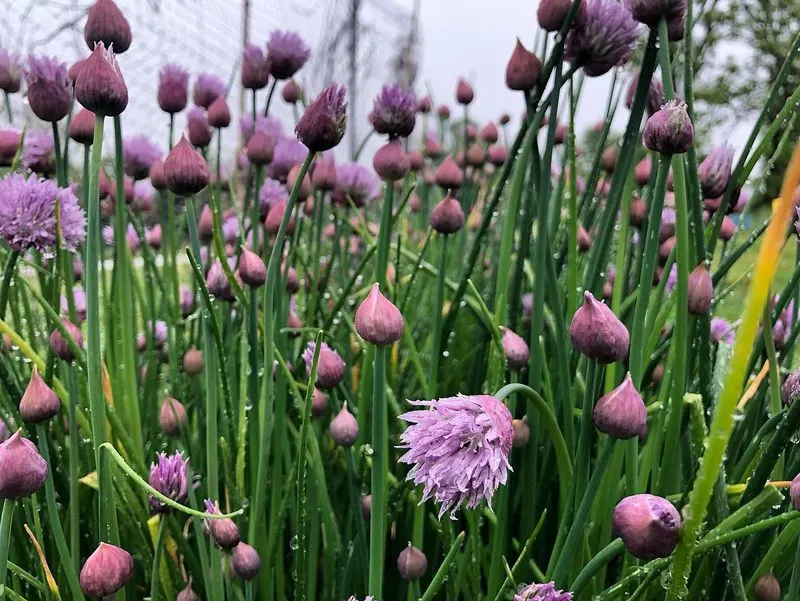
Chives bring a mild onion flavor to dishes, with slender, hollow stems that are easy to snip. They thrive in sunny areas, making them perfect for filling sunlit garden gaps.
This perennial herb is not only culinary but also ornamental, with its purple pom-pom flowers attracting pollinators. Chives are forgiving of less-than-perfect soils, adding versatility to your herb garden.
Historically, chives have been used for their antiseptic properties. Their ability to flourish in sunny conditions makes them a valuable addition to any garden, offering both beauty and flavor.
Tarragon
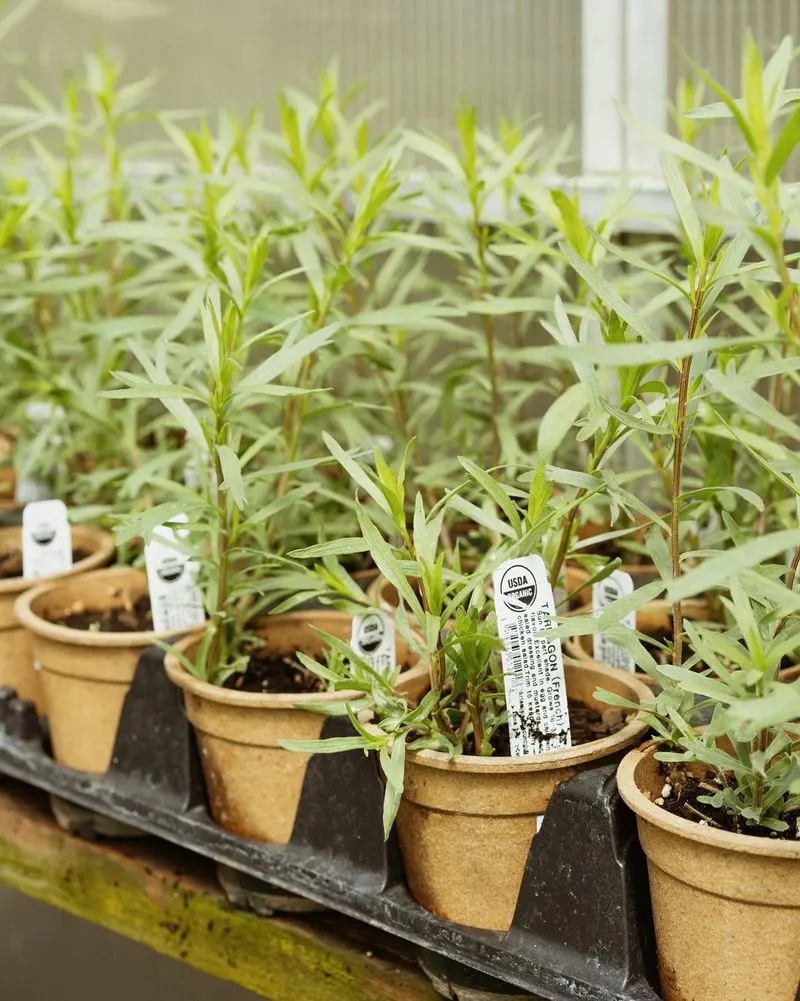
Tarragon, with its unique anise flavor, is a staple in French cuisine. Thriving in sunny, well-drained locations, this herb adds a sophisticated touch to dressings and sauces.
Its slender leaves and woody stems are drought-tolerant, making tarragon ideal for gardens with ample sunlight. Regular pruning keeps it bushy and productive.
Once revered by ancient cultures for its medicinal uses, tarragon continues to captivate with its distinct flavor and resilience. It’s a must-have for sunny corners where other herbs might struggle.
Hyssop
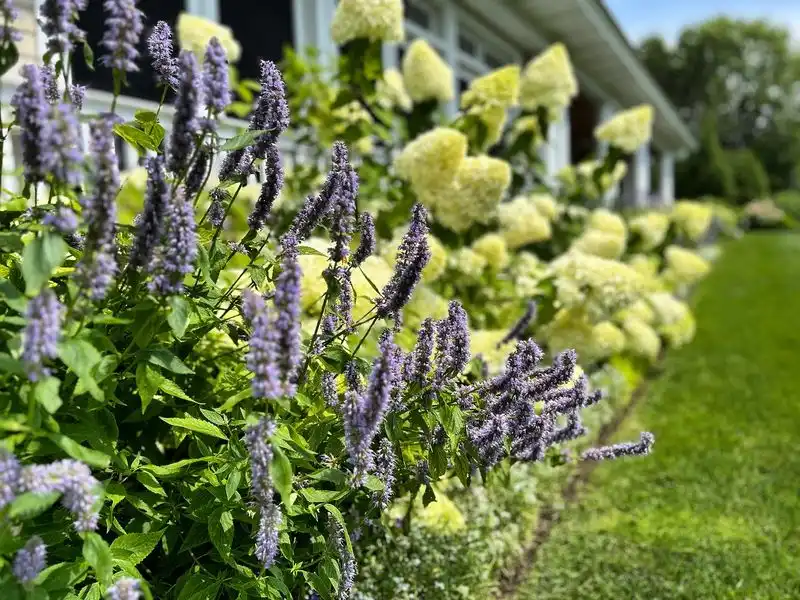
Hyssop stands tall with its spikes of blue flowers and aromatic leaves, offering both culinary and ornamental value. This herb thrives in well-drained, sunny locations, adding vertical interest to gardens.
Its unique flavor enhances liqueurs and herbal teas, making it a versatile addition to the kitchen. Hyssop is also known for attracting beneficial insects.
With a storied history as a medicinal herb, hyssop was once used in purification rituals. Today, it remains a robust choice for sunny, neglected garden spaces.
Lemon Verbena
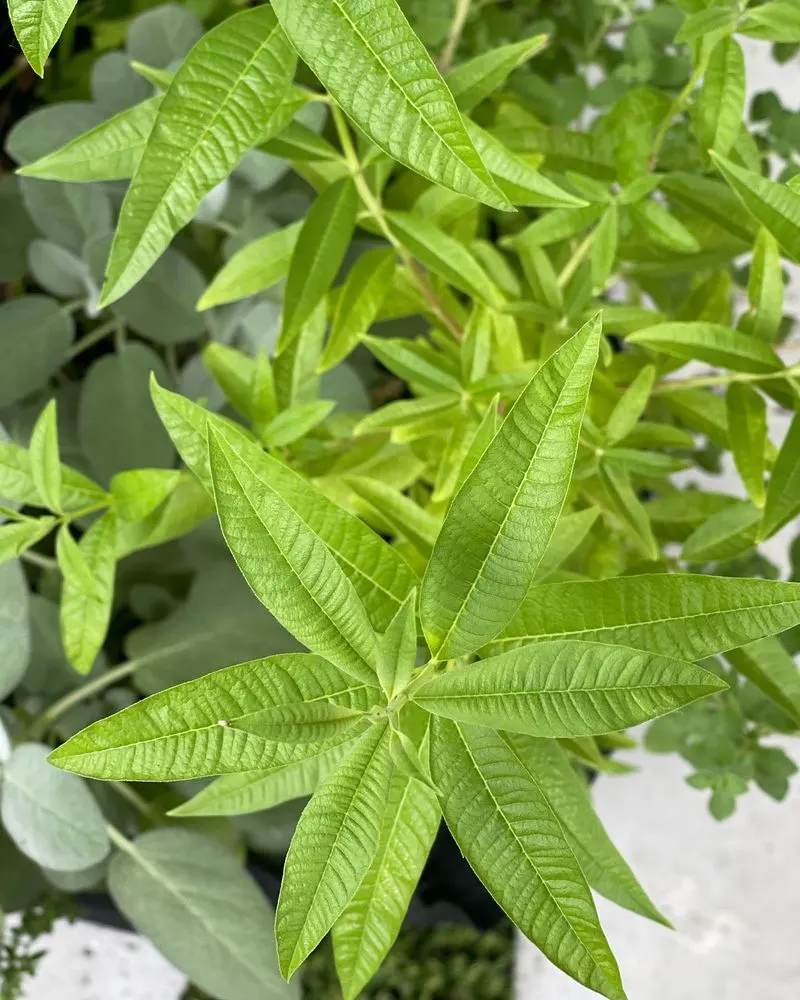
Lemon verbena captivates with its intense lemon fragrance and elongated leaves. This herb thrives in sunny areas and well-drained soil, perfect for dry, neglected patches.
Its leaves are a popular choice for teas, desserts, and potpourri, offering a refreshing citrus flavor. Lemon verbena’s robust growth makes it easy to care for.
Originating from South America, it was prized for its calming properties. Today, its ability to enhance both garden and kitchen continues to delight, making it a worthy addition to sunny landscapes.

